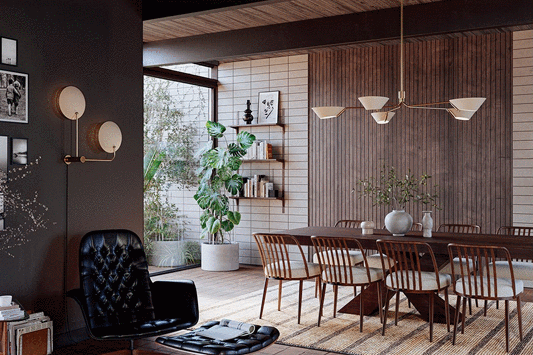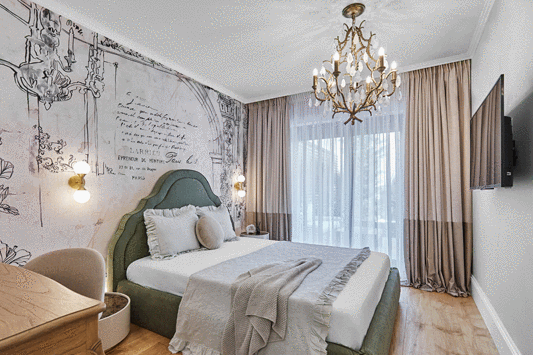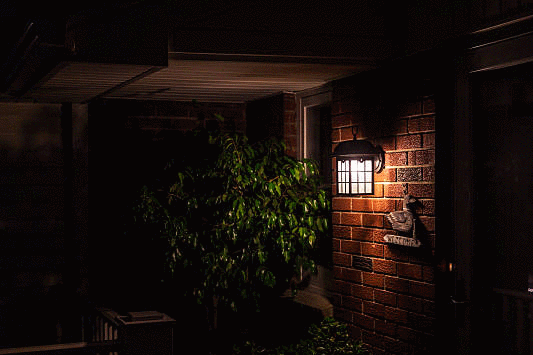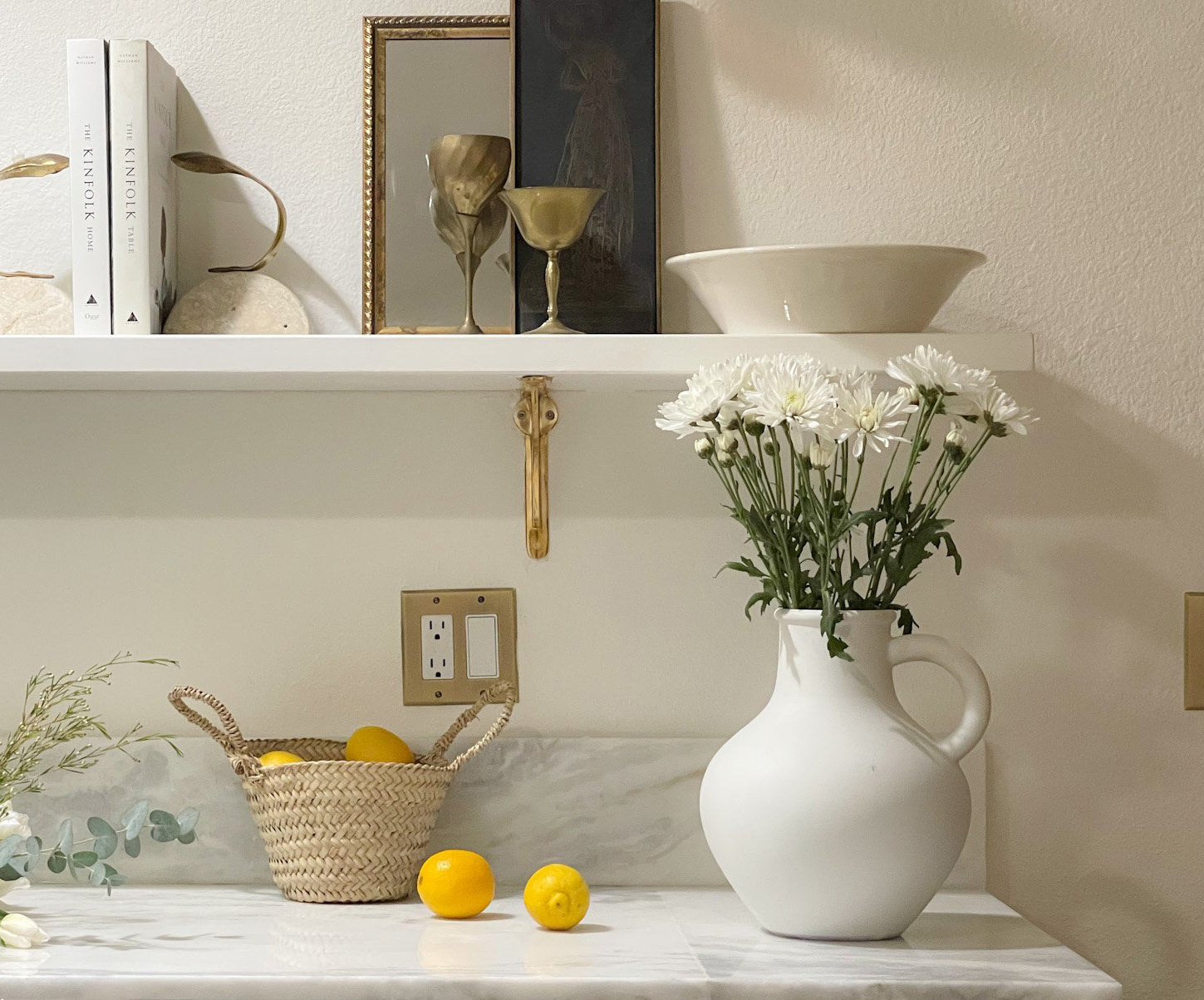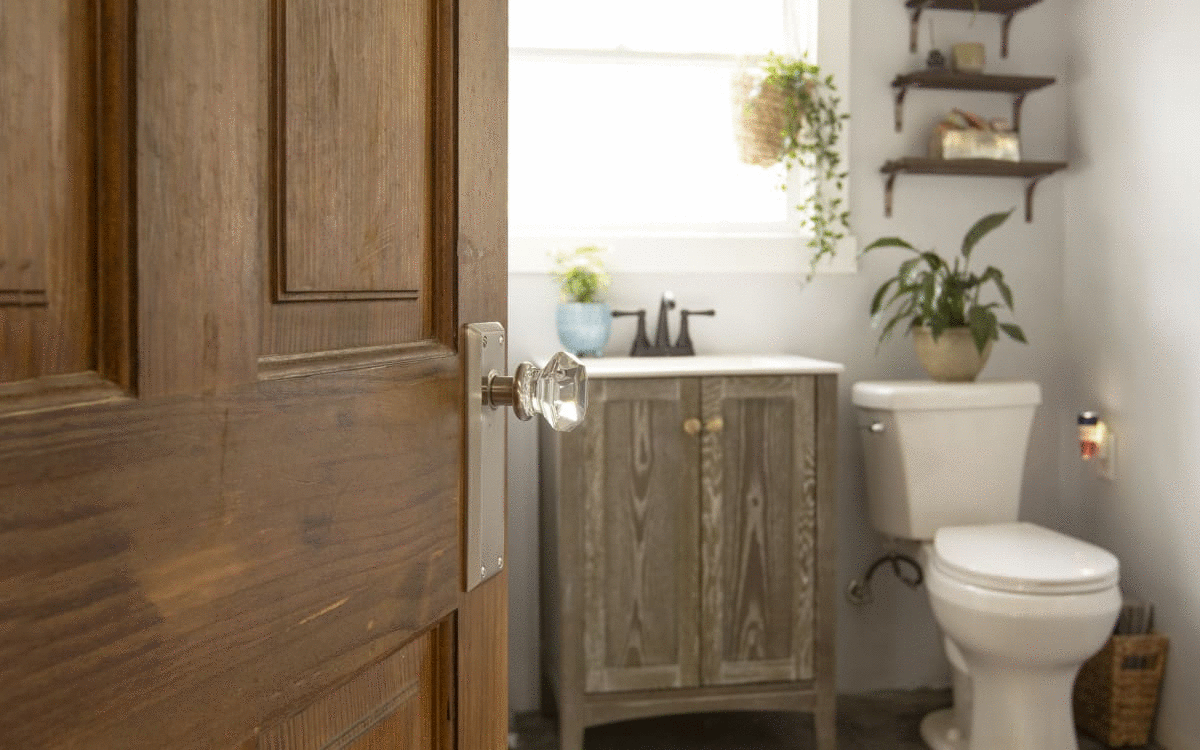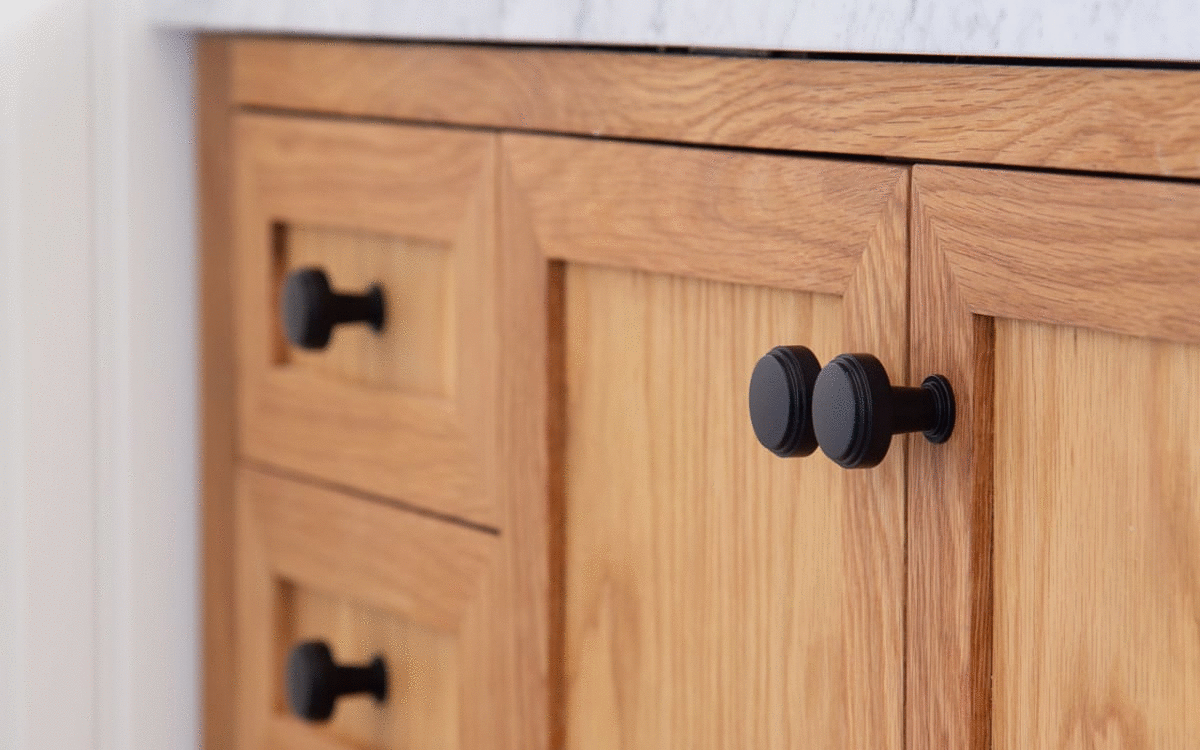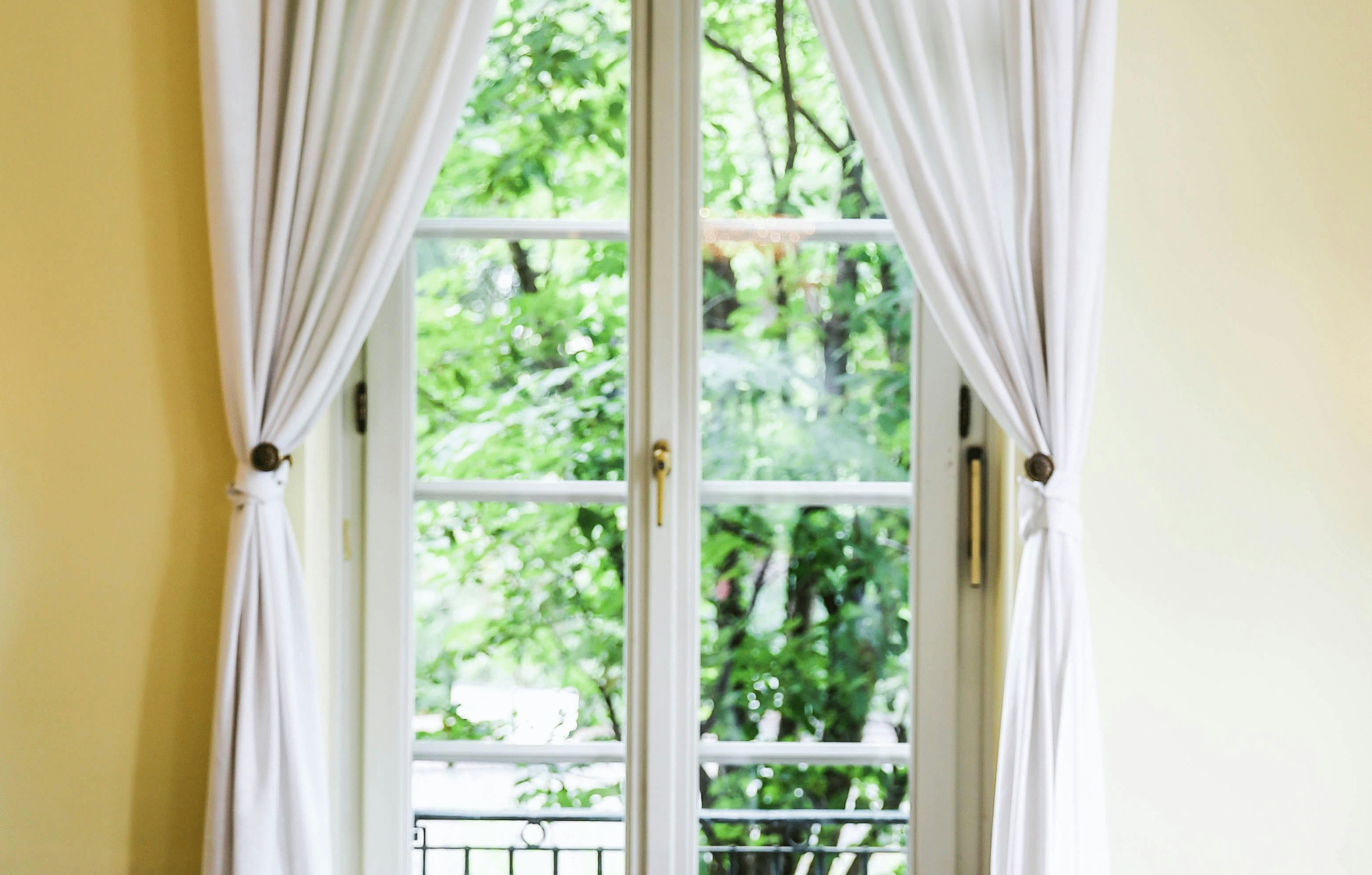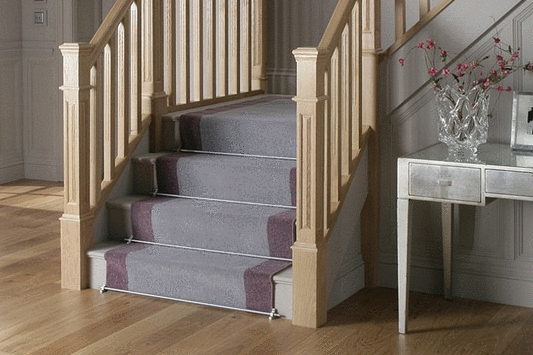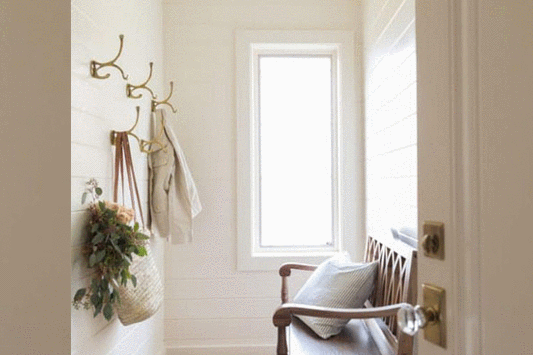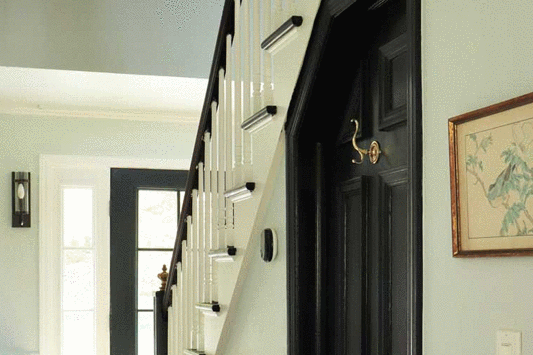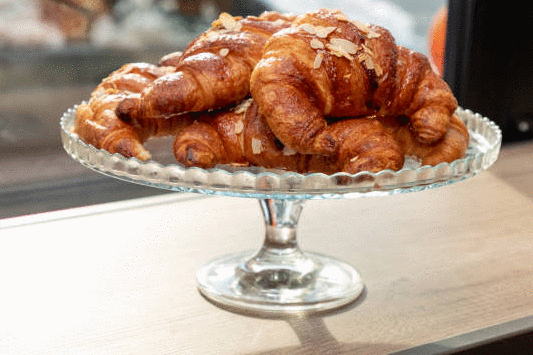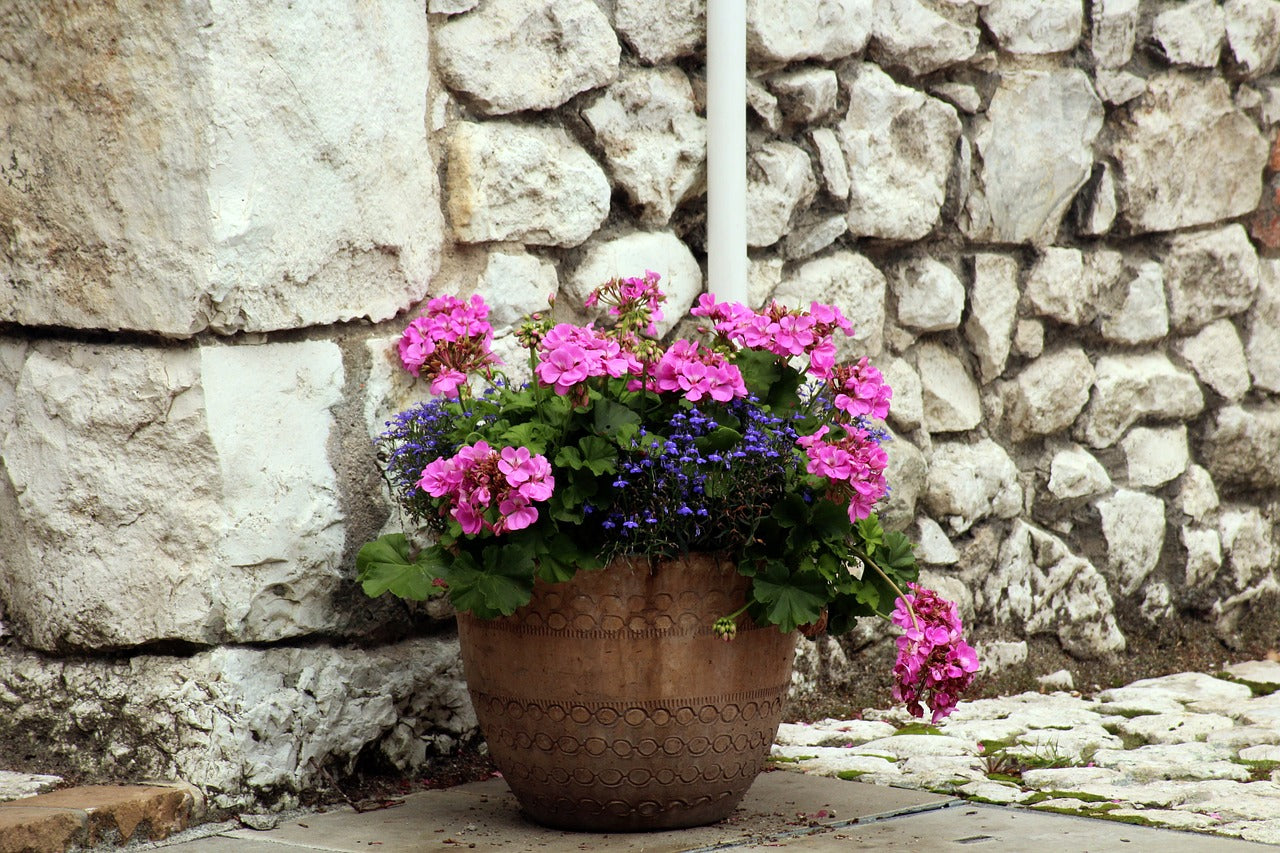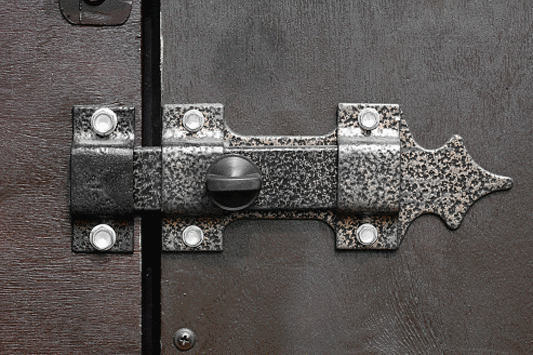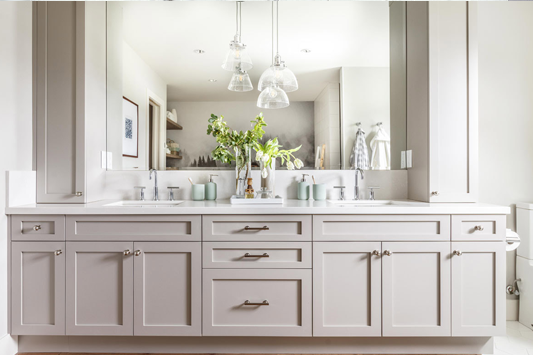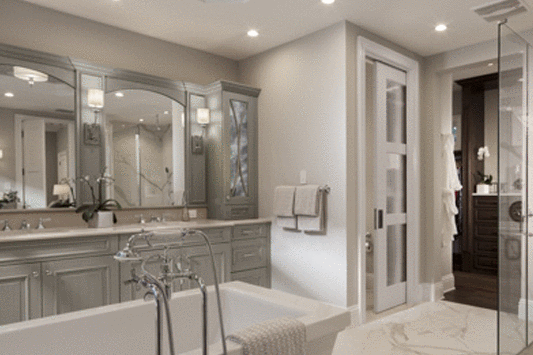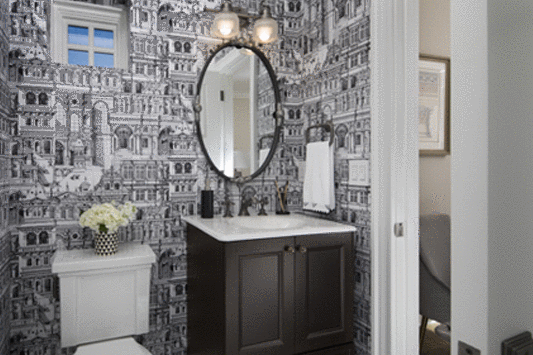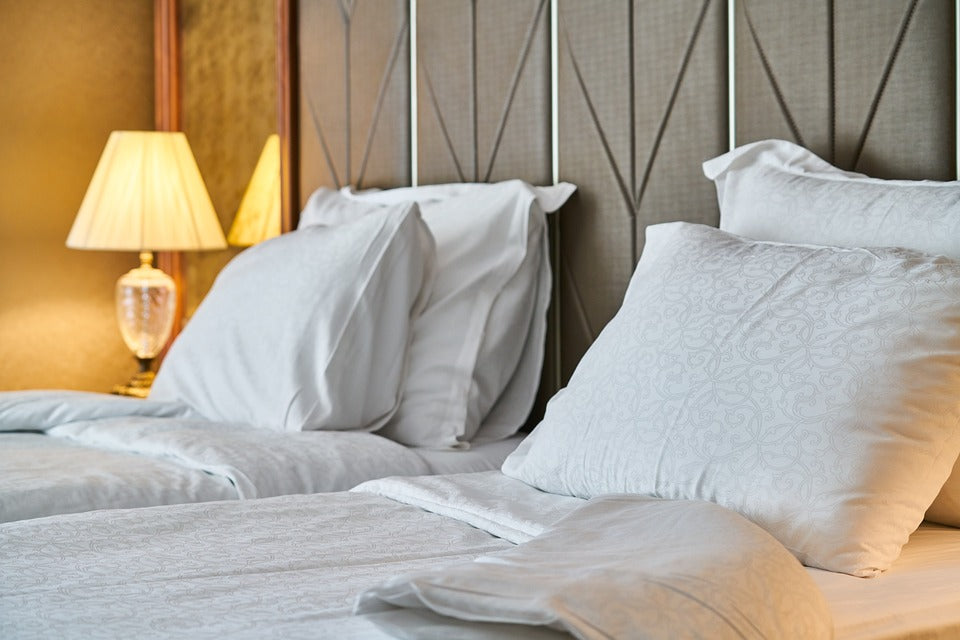Rococo Style Furniture

Rococo Furniture & Hardware Used
Rococo furniture originated from an art movement of the early 18th century that developed in Paris. The Rococo style had an impact on architecture, interior design, painting, sculpture, literature and other art forms.
Some critics use the terms “Late Baroque” and “roccoco” to describe this artistic style. The Baroque movement that originated in Italy was highly influential in the development of Rococo although the French rebelled against many of the Baroque traditions.
Art historians generally classify the Rococo period as dating from the reign of Louis XV to the start of Louis XVI’s rule. The word “Rococo” may come from a portmanteau of French rocaille “stone” and coquilles “shell” from the use of these artistic motifs. However, some believe that the word originates from barocco, a type of pearl from which the word “baroque” may stem, and rocaille, a type of garden and interior decoration that utilized shells and small stones.
|
|
|
|
|
 |
 |
 |
 |
Louis XIV
During the reign of French king Louis XIV, also known as the “Sun King,” the Rococo style took on a more orthodox form. The Baroque style became less popular and became supplanted by more natural designs with Arabesque patterns.
The Rococo style reached its peak in the early 1700s in France and it became popular to combine it with Oriental designs and Chinese porcelains known as chinoiserie.
Rococo furniture became popular with the French wealthy classes in homes that featured paintings and other items in the same design style. One interesting feature that arose with this development is the appreciation of asymmetry or contraste in French.
|
|
|
 |
 |
Rococo furniture Style
The furniture created by Rococo designers was less serious than the earlier Baroque style with more of an emphasis on comfort and usefulness. The furniture was more portable and it featured more advanced cushioning than was previously available. Mahogany, imported from tropical rainforests, became a popular construction material during this period because of its greater strength.
From Paris, the Rococo style spread to other parts of France and then across the strait to England where the British Rococo developed in the mid-18th century. Among the drivers of this movement in Britain were Thomas Chippendale and Thomas Johnson. The British style was less exuberant as compared to that use by French designers like Antoine Gaudreau and Jean-Pierre Latz.
Many of the French Rococo designers were actually of German descent and the art style made its way to cities like St. Petersburg and Munich.
|
|
|
|
|
 |
 |
 |
 |
Rococo Hardware
The hardware used for Rococo furniture refers to items like knobs, pulls and latches made of metal. This hardware was often of brass or bronze and gilding was popular during this period.
Rococo hardware tends to feature curvilinear and Arabesque designs with floral, shell, scroll and grape motifs commonly seen. The knobs and other hardware may be unlacquered in which case a desired patina will develop with age.
|
|
|
|
|
 |
 |
 |
 |
Use of the Ormolu Method
Ormolu refers to a form of gilding using a fine high-carat gold mixed with mercury amalgam to form a coating on bronze hardware. In England, the term for such items was “gilt bronze,” while the French called the process bronze doré.
After 1830, the technique fell out in France because the law banned the use of mercury. Later a process known as pomponne developed using a combination of copper and zinc, sometimes with tin, to create an imitation gold.
However, no technique matches the original mercury-based ormolu in terms of the lustrous veneer created. Gilt-bronze was also a popular feature in Chinese art from early times.
|
|
|
|
|
 |
 |
 |
 |
Rococo revival
In the mid to late 1800s, a revival of Rococo style arose in American furniture making. The furniture featured medium to large proportions with ample use of curvilinear design and natural motifs like flowers and leaves.
Woods used included mahogany, rosewood and walnut. Particularly popular pieces during the Rococo Revival were upholstered-back chairs, fully upholstered sofas, center and side tables, and ornate beds. Americans used the term “Louis XVI style” to refer to Rococo furniture although the designs were closer to those created during the reign of Louis XV.
Rococo Revival furniture tended to resemble the French rather than the British style with exuberant decoration and often sporting marble tops. The furniture pieces were particularly popular in homes of the Italianate style.
John Henry Belter, a German immigrant to New York, created popular laminated rosewood furniture during the Rococo Revival. Other designers across the country imitated his lamination style and Belter conducted workshops in New York for those interested in learning his techniques.
Some art historians believe that the Art Nouveau style is, at its heart, Rococo in origin. Art Nouveau arose during the latter part of the Rococo Revival and the first decade of the 20th century in Europe, although it never became too popular with American furniture designers.


